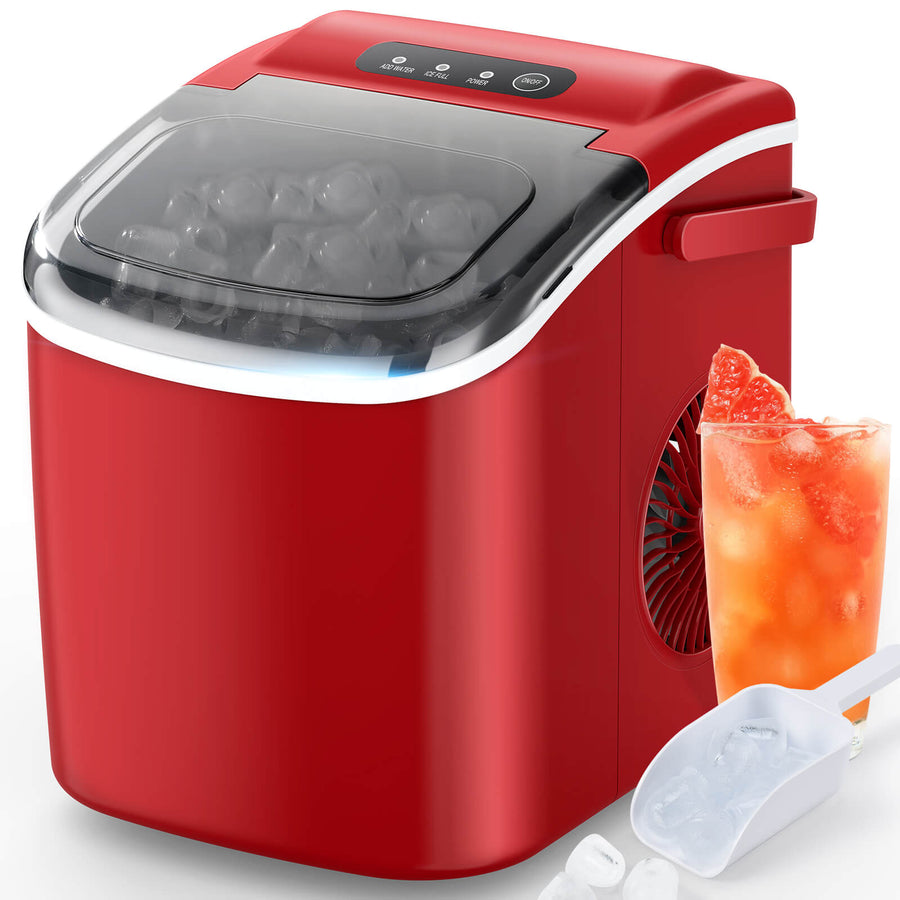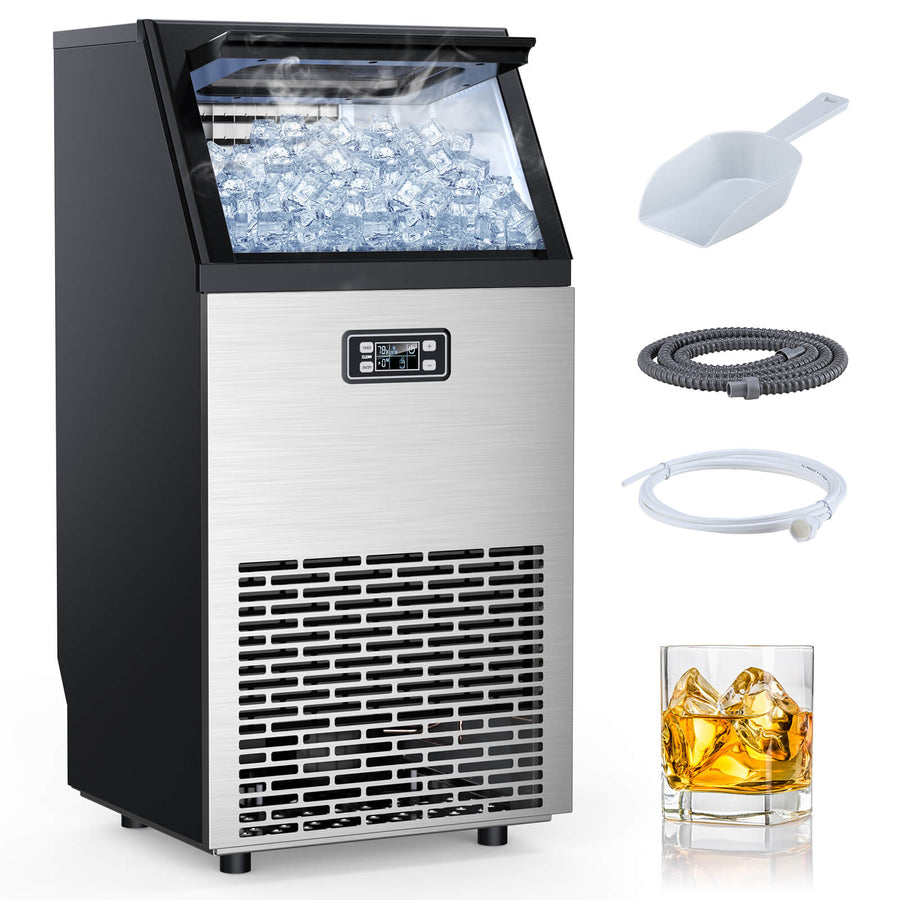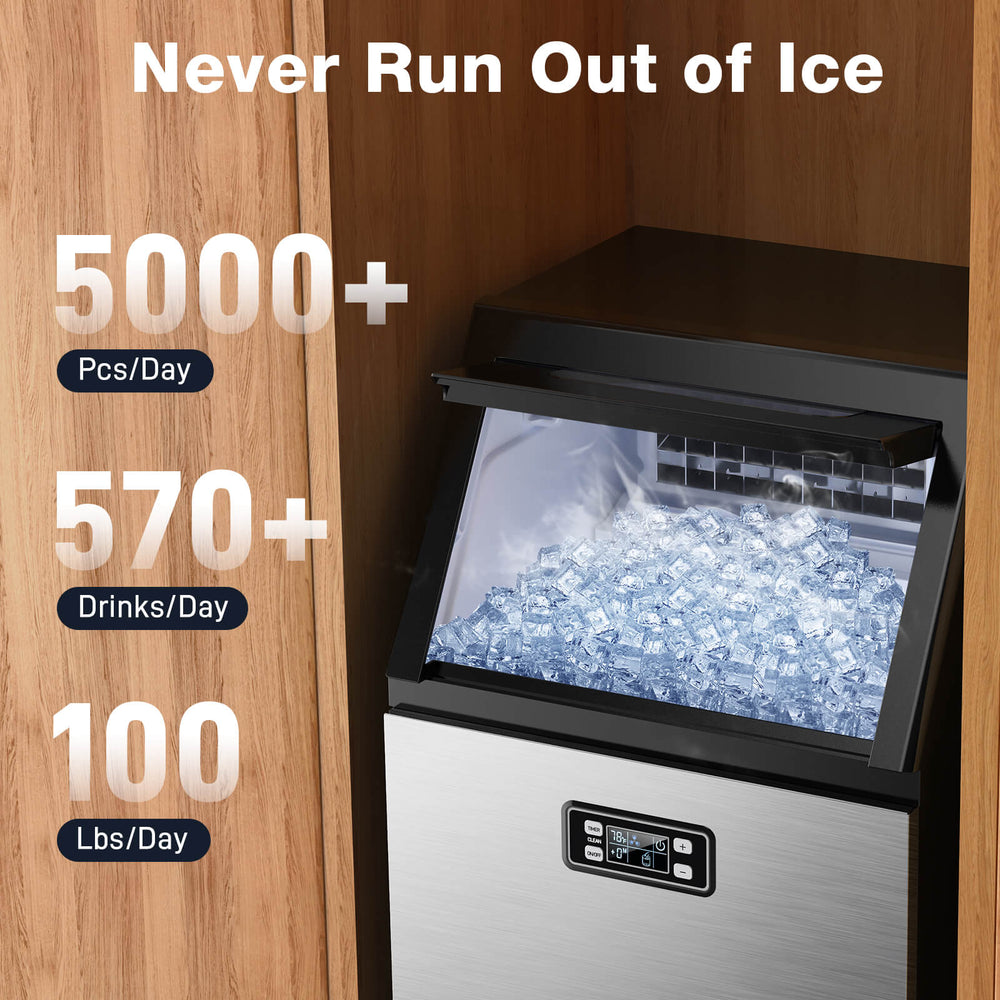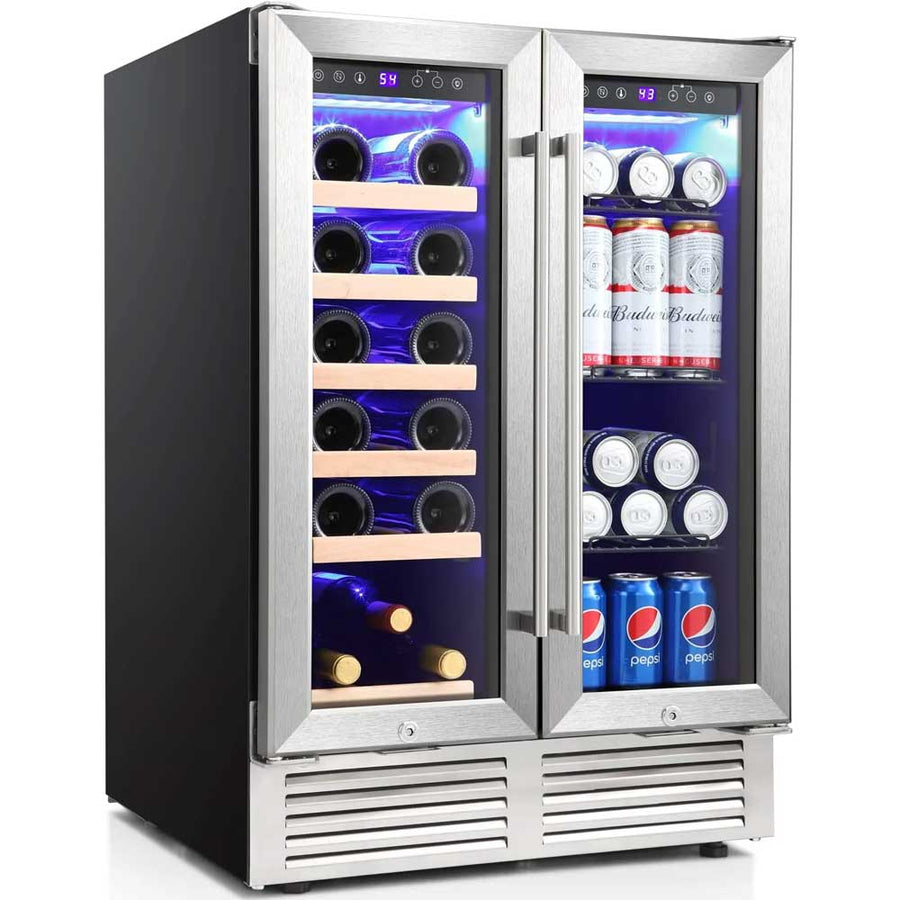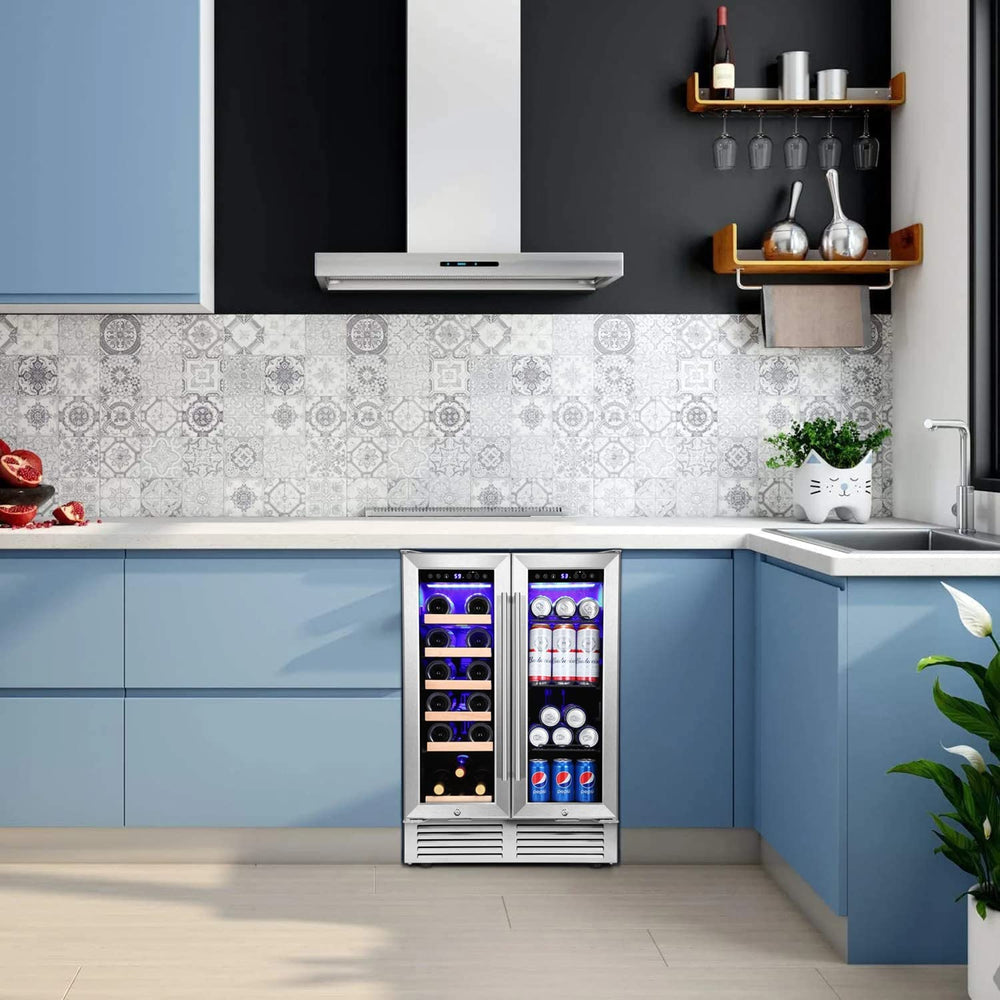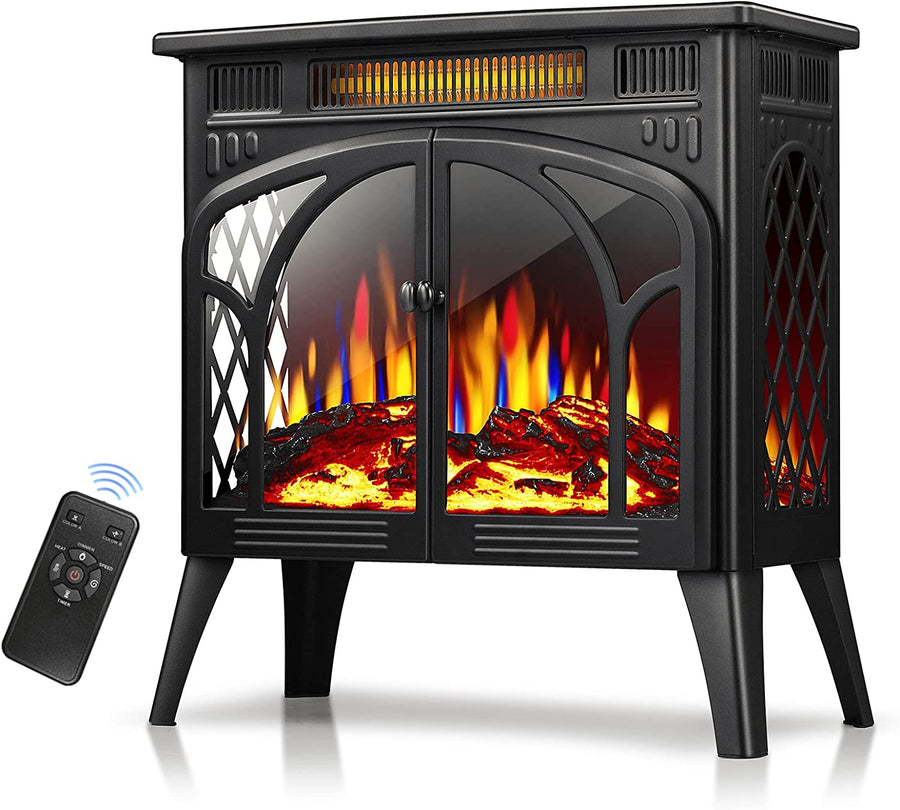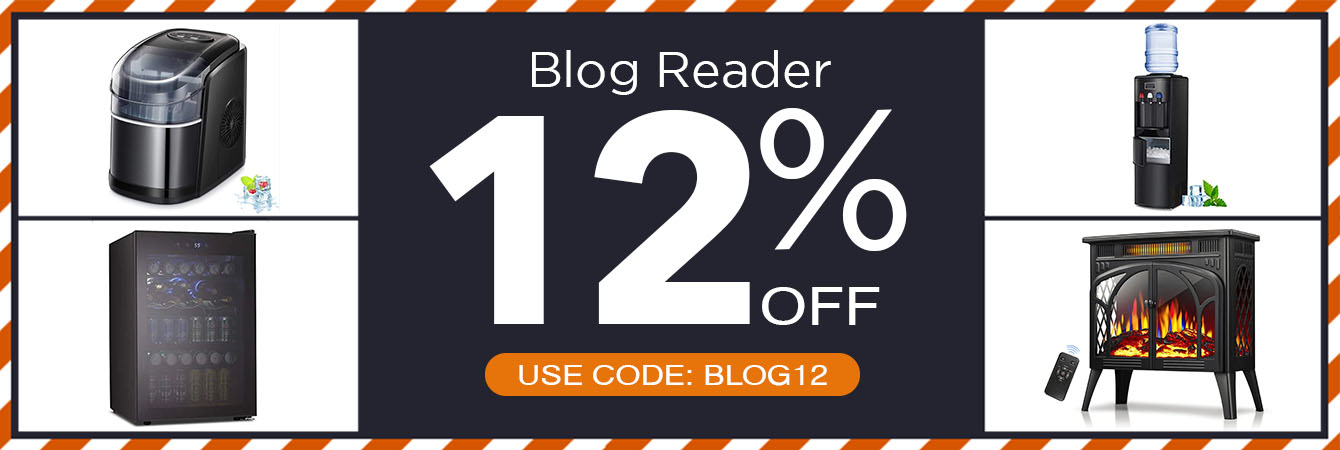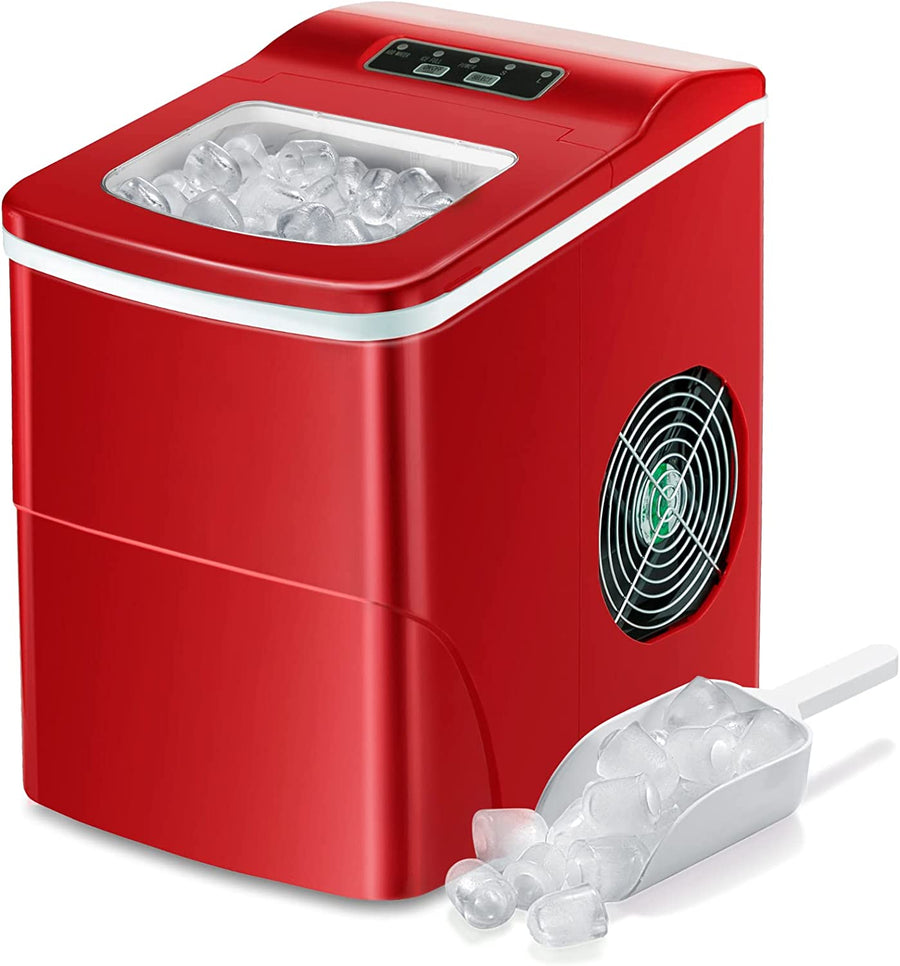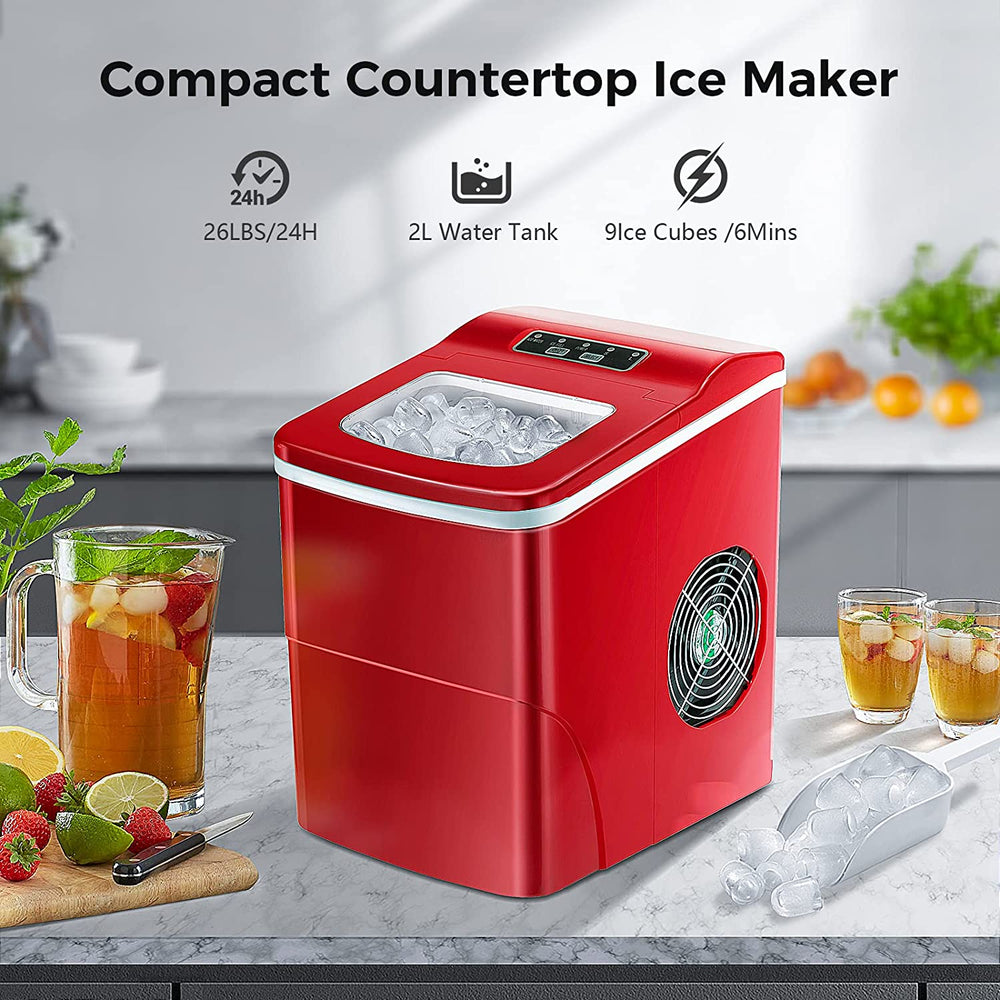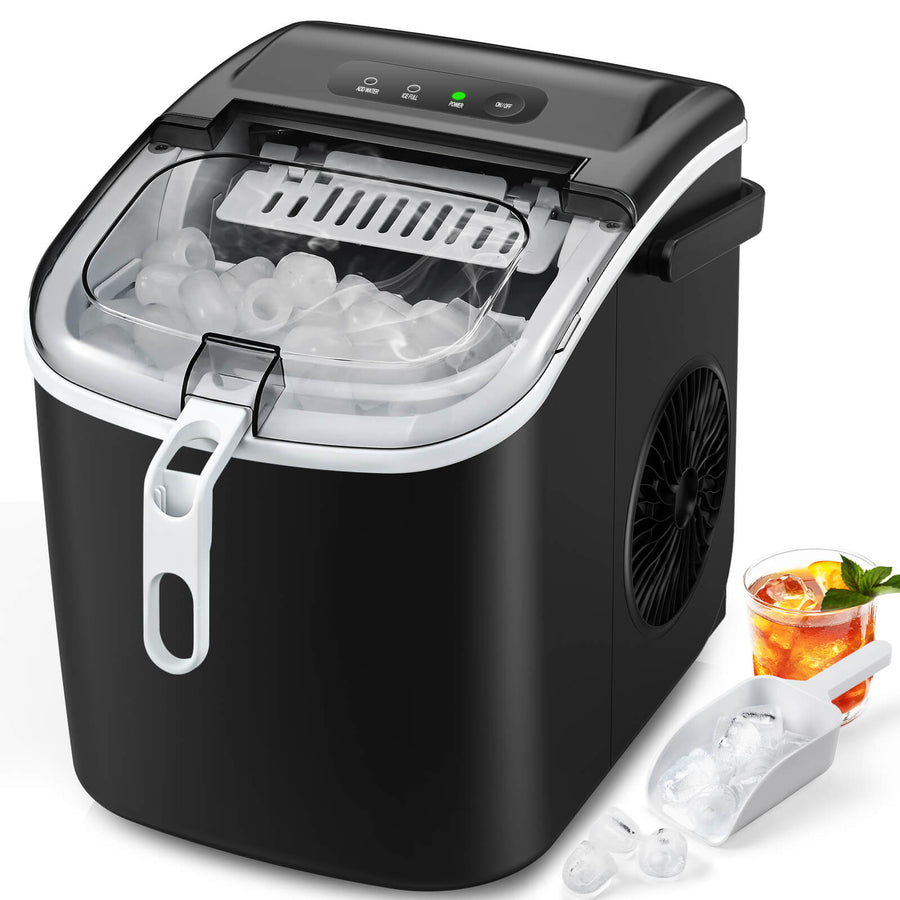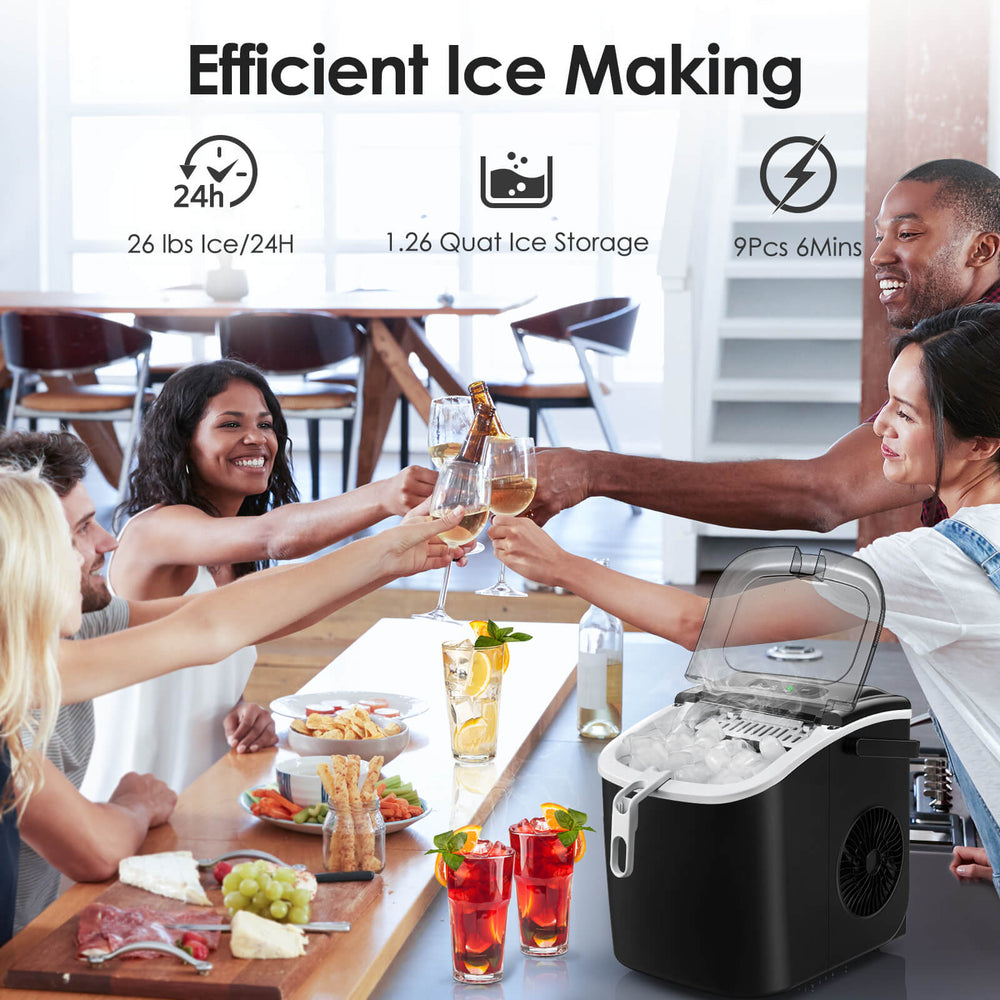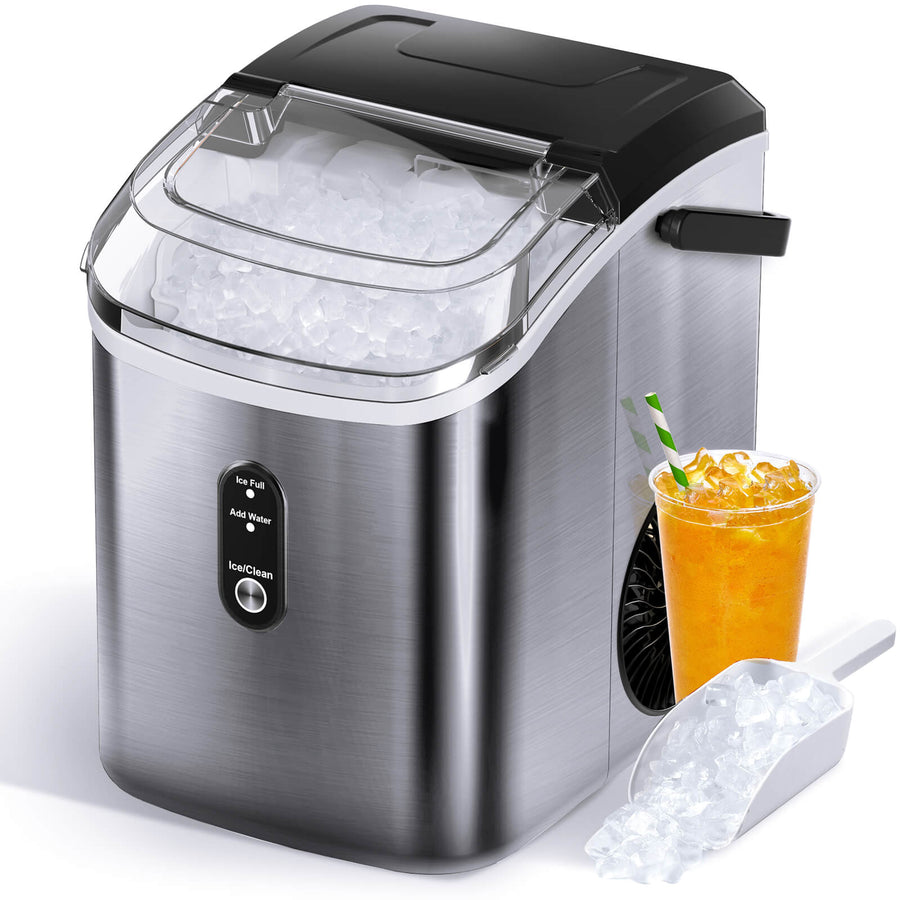Why Is My Dehumidifier Not Working: Main Causes.
Let's face it: Moist, muggy air in your home is uncomfortable. Humid air will make it feel hotter than it is. Dehumidifiers remove excess moisture from the air, so when something is wrong, you must repair it as soon as possible.
We have made an easy guide for the most common issues dehumidifiers can have. The most common are leakage, not collecting water, icing up, and noise.
Let's have a look in detail.
Why Is Your Dehumidifier Not Collecting Water?

When a dehumidifier stops working, the culprit could be not collecting water. 4 reasons could also cause this issue.
Capacitator
When your dehumidifier is no longer pulling any water, one issue could be that the unit compressor is not running. In the compressor circuit comes a capacitator that helps the compressor motor to start.
If the capacitator has failed, then the compressor won't run. This should be checked by a qualified person using special test equipment.
Here is a video to make it more visual about this issue.
Overload
Another issue could be overload. Another device within the compressor is called overload, which protects the compressor from motor damage.
If there is no moisture in the air for the dehumidifier to collect, operating it will only put unnecessary strain on the mechanical components. To prevent this problem, make sure that you only turn your dehumidifier on occasionally or when it's particularly humid in your home.
Fan motor
The fan motor keeps the air flowing across the evaporator coils. This prevents the coils from icing up. Check if your fan motor is not working and if the air is coming through the grille. Check the fan cover and evaporator coils if there is no air or very little. Here you need to check that they are not blocked by dust or debris.
Rotate the fan and check the blower wheel is securely attached to the motor shaft. If your fan rotates slowly, hums, or doesn't rotate, it must be replaced. Another way of checking the fan would be holding a piece of paper to see if the fan draws in it.
In case the fan is working, have a look at the blower. With the piece of paper, close to the blower and check if it flutters away from the vent.
Electronic Control Board
The control uses sensors to monitor the ambient humidity and signals the compressor to start. Sometimes, the electronic board may need to control the compressor and fan motor properly.
To ensure this is the issue you are having. You can perform a voltage test on the output relays. This must be done with a multimeter to ensure the relays and sensors work.
Room temperature

Assuming that the dehumidification gadget works properly, you must consider room temperature. Dehumidifier work better if the room temperature is above 65° F (18°C) and a humidity level of 80%. This is measured by the humidity stat (see picture above)
If there is no moisture in the air or the temperature is too cold, the water can turn into ice on the coil, clog it up and cause it to stop working. We will also see this in more detail.
Dehumidifier leaking
Dehumidifiers are designed to pull warm, humid air into the unit. One of its components may be damaged, and water starts to leak. Here are the main reasons and what you should do.
Float
Dehumidifiers are built with a float switch. This prevents the unit from spilling water that was drawn from the air. On occasions, this float switch goes bad and needs replacement. Before checking what is wrong, unplug the dehumidifier and remove the switch.
Push the float assembly and make sure that it is not stuck. This could mean that the assembly could fail to signal that the reservoir is full.
Next, remove the reservoir tank and verify that there are no damages. If you find cracks, use waterproof repair tape until the replacement arrives.
Drain plug
You need to check the drain plug as well. Remove and reinsert this plug to make sure it is properly seated. You can clean the drain tube. This tube runs from the evaporator pan to the reservoir tank. If this tube is blocked, water will leak out of the dehumidifier instead of being guided into the tank.
This process should be done by removing the water tank; you will find the tube secured to the drip tray. Try to clear the blockage and see if that resolves the issue; in most cases, it will.
Additionally, if you have a dehumidifier set up for continuous drainage, you need to check that the hose drain is tight. Plus, it also needs to be clear from any blockages too. So make sure you flush water through it.
If your dehumidifier is a refrigerant fluid, this will require a professional to take a closer look.
Dehumidifier is icing up
Even though it is not normal for dehumidifier to ice up, there have been opportunities where you see it. Refrigerant models come with a "frost watch" technology, contrary to desiccant models, which do not have it. This is only because they work differently.
Room temperature
One of the main issues is low room temperature and then high temperatures. You only need to clean the coils with a soft cloth to solve it.
If you have different temperatures throughout the year, we recommend desiccant models. This is because refrigerant models are better suited for heated rooms in general.
Position
Make sure nothing is blocking your dehumidifier. If there is insufficient airflow, there is a higher possibility of the dehumidifier freezing up.
Fan & Filter
You look closer to the fan if you place a piece of paper and check if it flicks. If it is not, there is a possibility that this is freezing up your dehumidifier.
The filter needs to be cleaned now and then. You must know where it is allocated, and you can clean the filter with a smooth brush or spray from a faucet.
Dehumidifier is noisy
As dehumidifiers are placed in common areas, you first look for soundless devices. You won't turn it on if it starts sounding like a plain engine.
It is important to clarify that dehumidifiers do make some noise. You can also plug silent mode on, and they will run discreetly in the background. However, there are others that silent mode won't do anything.
Position
When talking about the fan, we have mentioned earlier that moving the dehumidifier will, in some cases, improve the airflow. In this case, some of its components may rattle around if the dehumidifier is placed on an uneven surface. Plus, loose screws may also increase the noise level.
Filter
A similar procedure is done with dryers. You need to clean the filter. Over time dirt and dust can gather inside the machine. You can get a soft brush and go through smoothly over the filter.
In the worst-case scenario, the compressor or fan motor might also need replacement if you do not clean the filter.
If there is an issue unrelated to the filter or the position, contact the manufacturer for advice.
Regular Maintenance
Dehumidifiers are built up to last for years. However, regular maintenance needs to be done for the to work properly. Make sure you follow the following steps at least once a month. You can click here if you need more information on how a dehumidifier works.
Empty your bucket regularly
If we recap a few paragraphs above, consider emptying the bucket regularly. If you live in a high-humidity area, you must empty it regularly. If this is not done, the dehumidifier will stop pulling the moisture from the air.
We recommend getting dehumidifiers that can self-drain into your drainage system. This way, you will not have to worry about emptying anything.

Position your dehumidifier in the center of the room
If we recap a few paragraphs above, consider emptying the bucket regularly. If you live in a high-humidity area, you must empty it regularly. If this is not done, the dehumidifier will stop pulling the moisture from the air.
We recommend getting dehumidifiers that can self-drain into your drainage system. This way, you will not have to worry about emptying anything.
Protect your items
The ideal humidity level is between 30% and 50%. If you have valuable items in your rooms, we recommend you get a specialist opinion on how that humidity or dehumidification will affect them.
In conclusion
If your dehumidifier has stopped working properly, there could be a few things you need to verify that might be causing the problem.
Depending on your dehumidifier, the problems can be caused by different issues. Checking the gadget's position, cleaning the water tank regularly, ensuring the fan is working, and cleaning the tubes will likely fix the problem.
If you are thinking of getting a different dehumidifier you may want to be sure you are getting the right size read this article.




